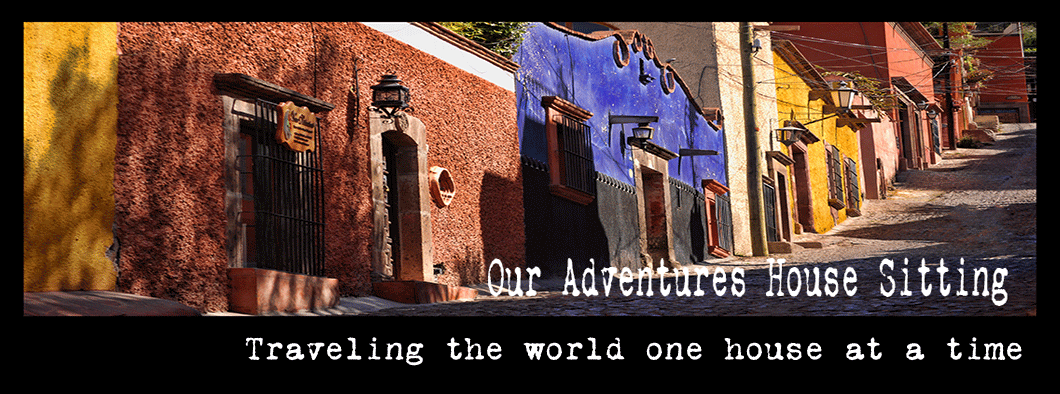 |
| Tunnels Beach |
Really, what more is there to say?
 |
| Hanalei Bay - can you pick out Puff the magic dragon? |
 |
| Hanalei Bay |
 |
| Anini Beach |
 |
| Along the Hanalei River |
 |
| Hanalei Valley |
 |
| Taro Fields |
 |
| 'Opaka"a Falls |
 |
| Kilahua Light House - the northernmost point of Hawaii |
 |
| Wailua Falls |
 |
| Wailua River |
 |
| Wailua River |
 |
| The reef and beyond - makes quite a difference doesn't it? |





































